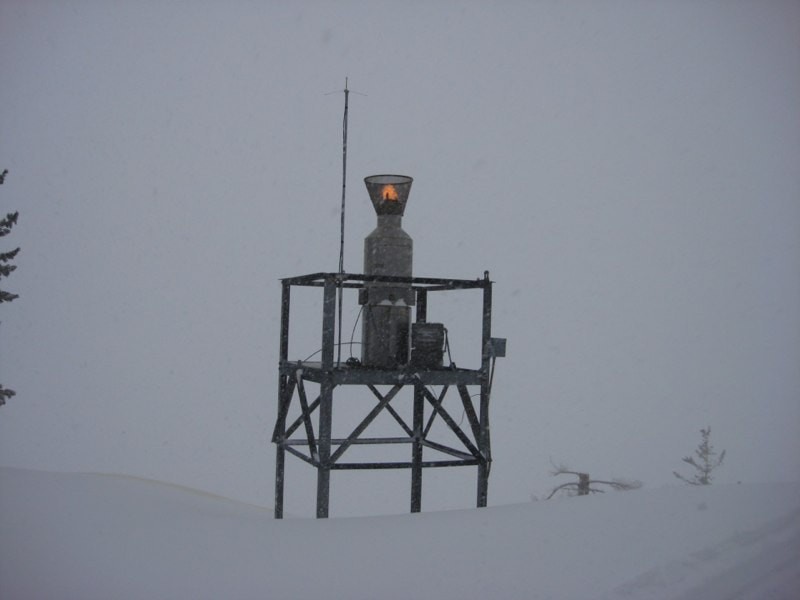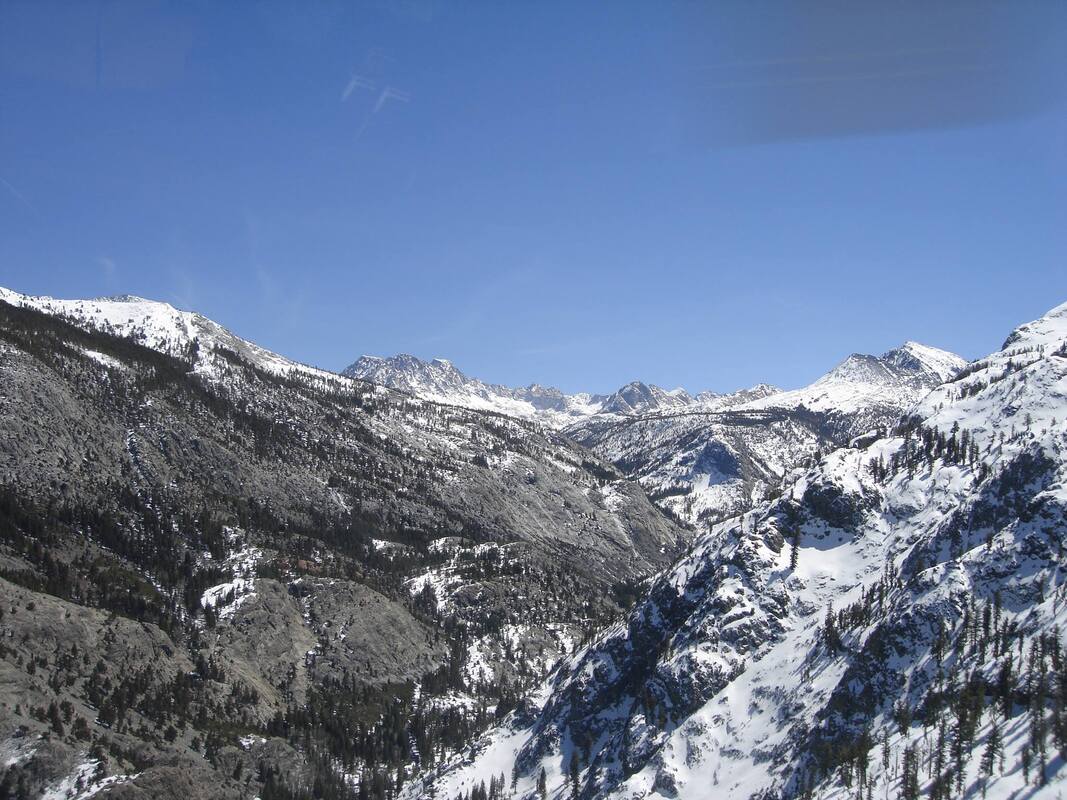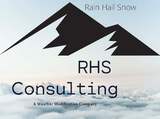RHS CLoud seeding equipment
RHS aircraft are equipped to seed clouds using wing mounted end-burning flare racks and belly mounted ejectable flare racks. RHS does not use acetone solution burners due to poor ice nucleating performance of this equipment. Wing mounted solution burners also significantly degrade aircraft performance in icing conditions which limits the amount of time that can be successfully seeded when ideal seeding conditions exist during a seeding flight and frequently force the aircraft to descend to shed ice. It is crucial to the success of an airborne cloud seeding operation to ensure the aircraft can remain on track so that it can successfully deliver seeding materials to the target clouds. It is also just as important aircraft seeding capacities are matched to the endurance of the aircraft to allow extended on station time.
The generator design utilizes three primary components: the foundation system, a commercially available prefabricated tower structure and a top module that contains the seeding generator equipment and subassemblies for controlling and remotely communicating with the generator. The RHS design has been structurally engineered to meet and exceed all federal, state, or local building code requirements and meets all OSHA safety requirements (handrails, ladders, toe plates, etc.). The photo on this page provides a view of the overall generator configuration.
The generator design utilizes three primary components: the foundation system, a commercially available prefabricated tower structure and a top module that contains the seeding generator equipment and subassemblies for controlling and remotely communicating with the generator. The RHS design has been structurally engineered to meet and exceed all federal, state, or local building code requirements and meets all OSHA safety requirements (handrails, ladders, toe plates, etc.). The photo on this page provides a view of the overall generator configuration.



